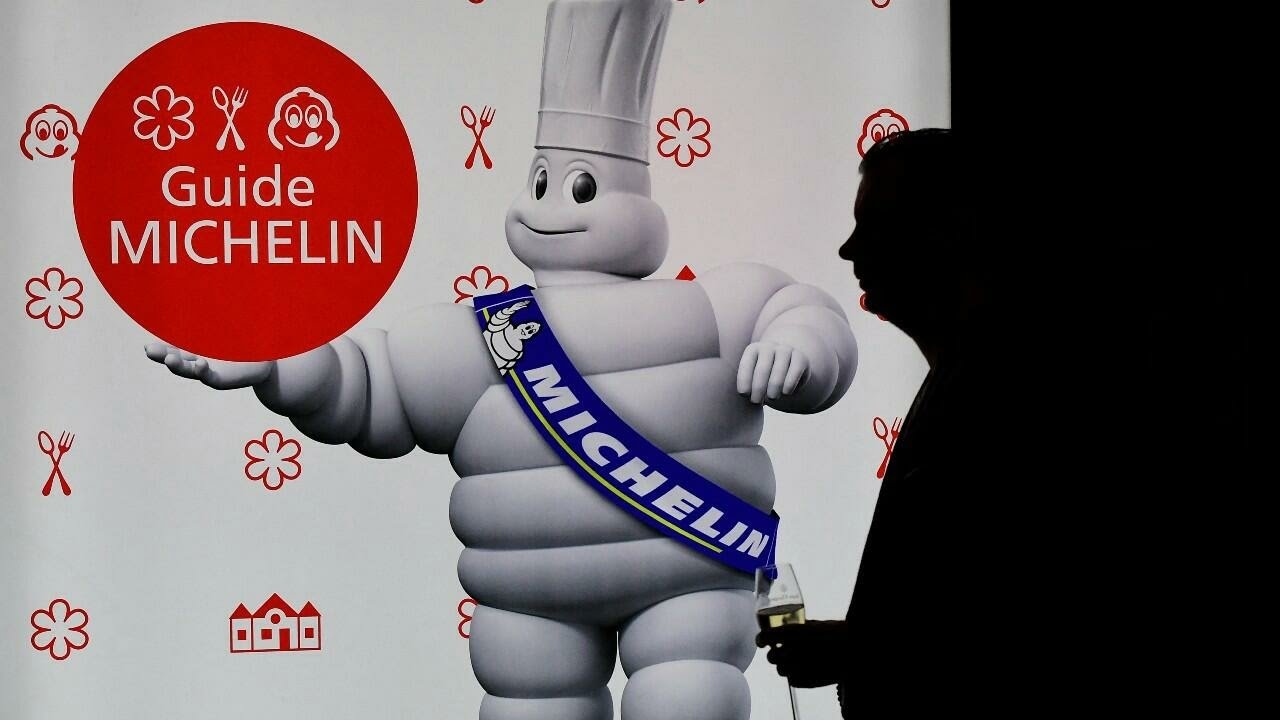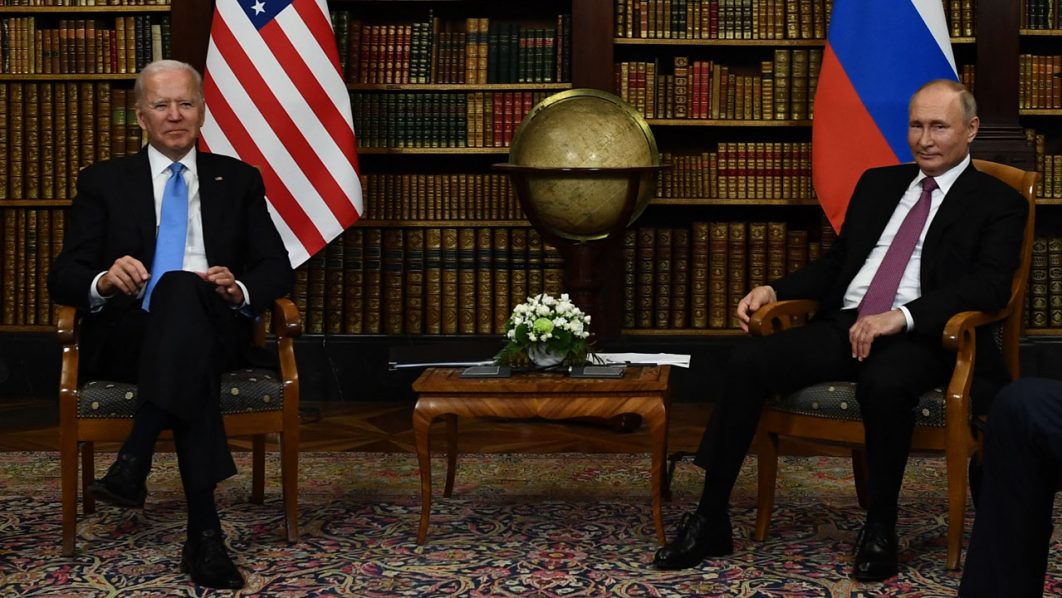Michelin Guide to unveil 2022 edition celebrating ‘resilience’ in the face of Covid
The yearly rankings are hotly anticipated by chefs and gourmets, and this year the famous red book is being unveiled in Cognac in southwest France, the first time in its 122-year history that the ceremony has taken place outside of Paris.
“The 2022 edition is a very fine vintage that reflects the diversity of cuisines that can be found in France,” the guide’s director, Gwendal Poullennec, told AFP.
“But it will also make room for a new generation of chefs who have taken the risk of embarking on this journey in spite of the challenging context,” he said.
“Despite the crisis, the profession has shown great resilience. It was an opportunity for professionals to reinvent themselves, to go further, and that’s what we want to support.”
Last year’s ceremony, in the midst of a months-long shutdown caused by the pandemic, was a low-key affair with only one chef – Alexandre Mazzia – promoted to three stars, the highest distinction.
While Poullennec said the judges’ criteria remained the same, there was an increased focus on more minimalist, sustainably sourced restaurants that have come to dominate the food scene.
Suicides and lawsuits
Controversies have long swirled around the guidebook and the pressure it places on chefs.
A handful of French restaurateurs have relinquished their Michelin status because of the stress of being judged by its inspectors, including Joël Robuchon (1996), Alain Senderens (2005), Olivier Roellinger (2008) and Sébastien Bras (2017).
The 2003 suicide of chef Bernard Loiseau was linked, among other reasons, to hints that his restaurant was about to lose its three stars.
Star Swiss chef Benoît Violier took his life in 2016, a day ahead of the release of the Michelin Guide, although his restaurant maintained its three-star rating.
In 2020, Michelin shocked foodies by downgrading the Auberge du Pont de Collonges – the oldest three-starred restaurant in the world – following the death of its legendary chef Paul Bocuse.
A year earlier, Marc Veyrat became the first to sue the guidebook, after losing the third star for his Alps restaurant La Maison des Bois just a year after it was awarded.
He lost the case and said he never again wants to see a Michelin inspector in his restaurants.
But Poullennec said demotions were vital if the guidebook was to “remain relevant to customers”.
Overall, however, the French food scene is back in fine form. After a long period during which French restaurants were accused of growing stale and lazy, the past 15 years have seen an influx of young chefs who are more open to global influences and new approaches, said Paris-based food writer Lindsey Tramuta.
The Michelin Guide has sometimes struggled to keep up, she added.
“When you have something as structured as Michelin, it is very tricky to incorporate all the things that are happening in the food scene – things that are high-calibre, but maybe aren’t as formal,” she said, adding that female chefs remained poorly represented.
“But Michelin is still very important for chefs and owners. If it motivates their kitchen staff and team, and brings more diners and curiosity, then it has value.”
From motorist aid to fine dining standard-bearer
The red guide was created in 1900 by tyre manufacturers André and Édouard Michelin as a travel aid for motorists that included maps, instructions on how to change tyres, and lists of mechanics and hotels along the route. The first run of 35,000 copies was such a success that guides for Belgium, Germany, Portugal and Spain followed.
Michelin began including restaurant listings in 1920, when it also started charging for the publication. The company also began dispatching undercover inspectors and starting in the early 1930s introduced its famous star ratings.
Michelin says it issues its stars based on the quality of the ingredients used; mastery of flavour and cooking techniques; the personality of the chef in his cuisine; value for money; and consistency between visits.
One star indicates “High-quality cooking, worth a stop”; two stars is for “Excellent cooking, worth a detour” and the coveted three stars are reserved only for “Exceptional cuisine, worth a special journey”.
Of about 20,000 international restaurants listed, only around 130 have attained this highest distinction.
Global reach
The guide now has editions across Europe, Asia, and North and South America. In 2005, the Michelin Guide branched out of Europe with a New York guide followed by editions for San Francisco, Las Vegas and Los Angeles in 2007.
It moved to Asia with a Tokyo version in 2008 when 90,000 copies, in English and Japanese, flew off the shelves in 48 hours.
Michelin published its first Shanghai guide in 2016 and today there are versions for several Asian cities.
Having long been criticised as biased towards formal dining, the guide in 2016 awarded a star to a Singapore street food outlet known for a braised chicken dish.
A famed Tokyo sushi restaurant, where former US president Barack Obama is said to have enjoyed the best sushi of his life, was dropped in 2019 after it stopped accepting reservations from the general public.
Michelin announced in March that it was suspending operations in Russia due to the war in Ukraine, just a few months after launching its first guide in Moscow.
(SOURCE FRANCE 24)



